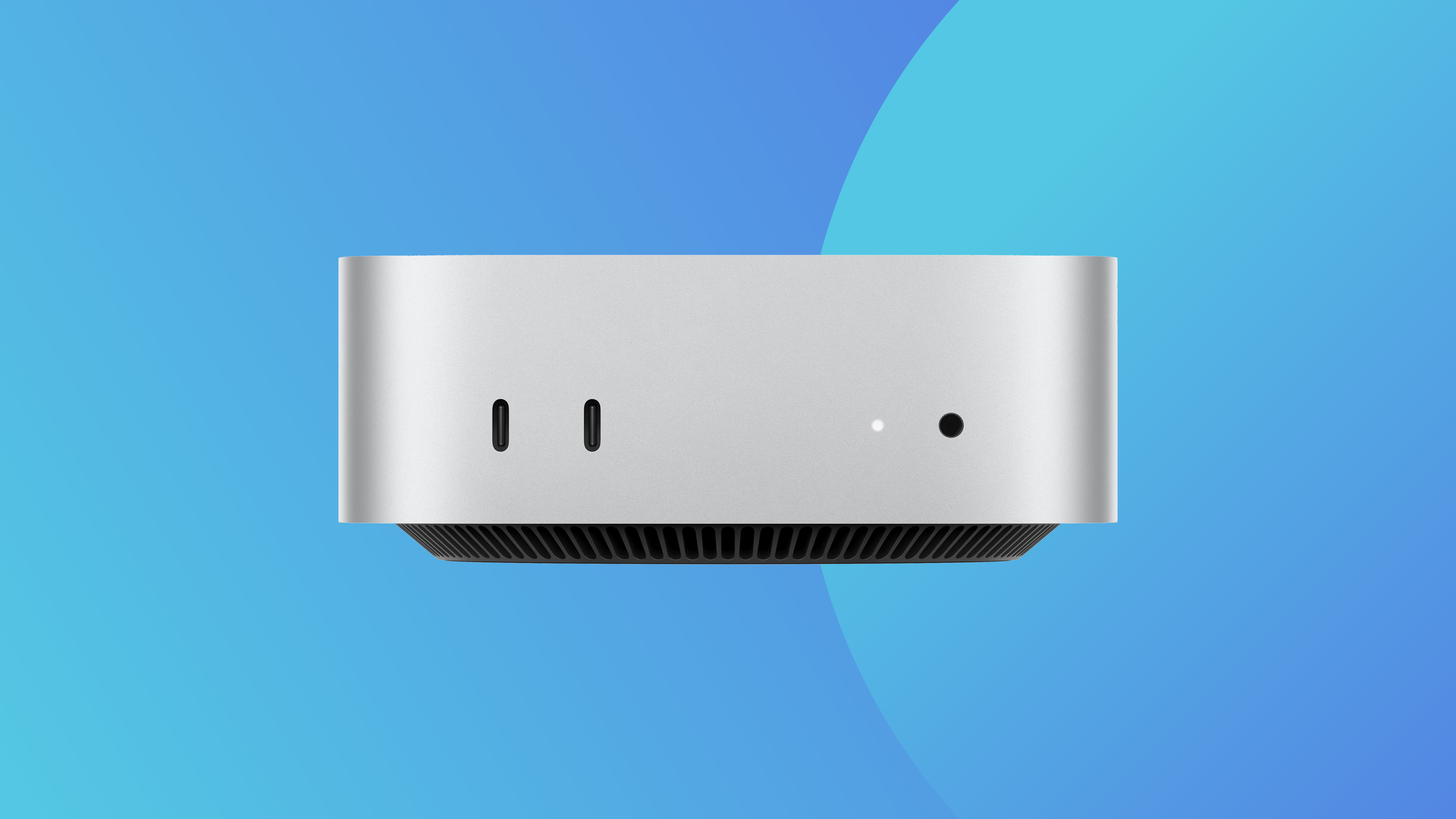Our Verdict
Unreal Engine continues to define and redefine the game engine industry. This latest version, Unreal Engine 5.3, is impressive because it significantly builds on what was already an incredibly strong feature set.
For
- Global illumination
- Dynamic fog
- Animatable characters
Against
- A complex application
- Top-performing hardware required
Why you can trust Creative Bloq
Unreal Engine 5.3 is the latest version of computer graphics and game-development platform Unreal Engine. And it's been releasing new versions quicker than anyone can keep up, especially in a live production environment. Version 5 introduced a number of mind-blowing new features including Nanite and Lumen and they’d be forgiven for only introducing some small-scale improvements in the iterative versions. But they continue to reach for the sky.
The latest versions stretch the capabilities of their interactive level of detail capabilities as well as their global illumination engine. Adjustable characters can now be created and edited directly in the engine itself and a whole new cloth editor gets a run out. There is no shortage of exciting things to talk about in Unreal Engine 5.3. (See what devs are actually doing with this tech by reading our RoboCop: Rogue City review.)

Unreal Engine 5.3: System requirements
| OS: | Windows 10 64-bit, macOS Monterey or higher |
| Processor: | Quad-core Intel or AMD, 2.5 GHz or faster |
| Memore: | 8GB RAM |
| Graphics card: | DirectX 11 or 12 or Metal 1.2 compatible |
Unreal Engine 5.3 review: New features

The most notable thing about this release is how committed Epic Games is to making Unreal Engine the only application an artist needs in their workflow. Their fiercest rival, Unity, has been super active in acquiring next-gen industry-defining technologies and companies all with a view to making it the one-stop shop for creators. Unreal Engine is not taking it lying down though and has instead come out swinging. The need to move out to external applications is evidenced in a couple of new features, the cloth editor and the skeletal mesh editor.
Both of these toolsets are essential for game development and broader visualisation industries. Working with other applications in other file formats has made it challenging to create a smooth and streamlined workflow which makes the most of an artist's time and energy. The fact that characters can now be rigged and clothed all within Unreal Engine is nothing short of amazing.
Unreal Engine 5.3 review: Skeletal mesh editor
This is one for animators to check out. As with any new toolset in an application that is trying to do everything well, it lacks the functionality that other dedicated character creation apps contain. Reallusion’s Character Creator, for example, delivers industry-grade tools for rigging and animating complex characters. For simpler projects where top-grade character animation is not the primary goal, the internal tools now included in Unreal Engine will be more than adequate.
Unreal Engine 5.3 review: Lumen

This is Unreal Engine’s global illumination (GI) system and when released in version 5 absolutely blew my mind. GI was always something that could only be achieved with offline rendering. The number of light bounces required and the subsequent mathematical calculations meant that real-time implementations weren’t possible. In recent years there have been significant shifts in the industry with real-time GI being offered in renderers and now it’s expertly offered in Unreal Engine.
The single biggest advantage of GI, in a games context, is that there is no need for light baking. This was always pretty much the most time-consuming and boring part of any game designer's workflow and if you wanted to make any change to the lighting setup or arrangement then everything needed rebaking. Lumen changed all that overnight.
Daily design news, reviews, how-tos and more, as picked by the editors.
Version 5.3 recognises that some designers will still want to benefit from the high-performance nature of baked lighting but could still work with real-time reflections. This is where Lumen reflections have been introduced. Users can now use them even if they’re not using Lumen for global illumination. The fact that they now support multiple reflection bounces is an even bigger win.
Unreal Engine 5.3 review: Nanite
Next up is Nanite, Unreal Engine’s level of detail (LOD) system. For decades, the idea of LODs with games has been a no-brainer. I remember learning about it in one of my introductory computer science classes. They ensure that detail is only rendered when absolutely necessary. Prior to Nanite, each LOD for a mesh would need to be hard-modelled in. The main downside to this was the sheer amount of time it took. Nanite took all of this off an artist’s plate and implemented it dynamically ‘on the fly’.
In version 5 this only worked with static objects such as rocks, houses and things of that nature. In version 5.3, Nanite officially supports landscapes. This means entire scenes can now be rendered dynamically rather than just specific parts of it. The evolution of Nanite is enabling designers to create such high-quality meshes without compromising on the framerate.
Unreal Engine 5.3 review: Orthographic rendering

This is a key feature upgrade for architectural visualisers and game creators who want an orthographic view of their game. This type of rendering inside Unreal Engine is nothing new but prior to this upgrade there just weren’t enough rendering features supported. It therefore became pretty useless for any proper application of it. This is no longer the case with this new implementation now supporting the likes of Nanite, Lumen, and shadows.
Unreal Engine 5.3 review: Price
Unreal Engine 5.3, like previous versions, is absolutely free and for most people it’ll always be that way. Only if your game earns over $1 million USD do you have to pay Epic Games a 5% royalty. By that point you’re cashing in on a pretty impressive amount of money so the small royalty won’t make too much of a dent in the overall earnings.
Should I get Unreal Engine 5.3?
Unreal Engine continues to define and redefine the game engine industry. This latest version, Unreal Engine 5.3, is impressive because it significantly builds on what was already an incredibly strong feature set.
The inclusion of a new skeletal mesh editor, cloth editor and volumetric capabilities means that an increasing amount of a project’s work can be created without having to worry about using other software. This is particularly important when you think about Unreal Engine being free. Designers are able to create unbelievably amazing graphics without needing a whole host of other applications to help them.
out of 10
Unreal Engine continues to define and redefine the game engine industry. This latest version, Unreal Engine 5.3, is impressive because it significantly builds on what was already an incredibly strong feature set.

Paul is a digital expert. In the 20 years since he graduated with a first-class honours degree in Computer Science, Paul has been actively involved in a variety of different tech and creative industries that make him the go-to guy for reviews, opinion pieces, and featured articles. With a particular love of all things visual, including photography, videography, and 3D visualisation Paul is never far from a camera or other piece of tech that gets his creative juices going. You'll also find his writing in other places, including Creative Bloq, Digital Camera World, and 3D World Magazine.

